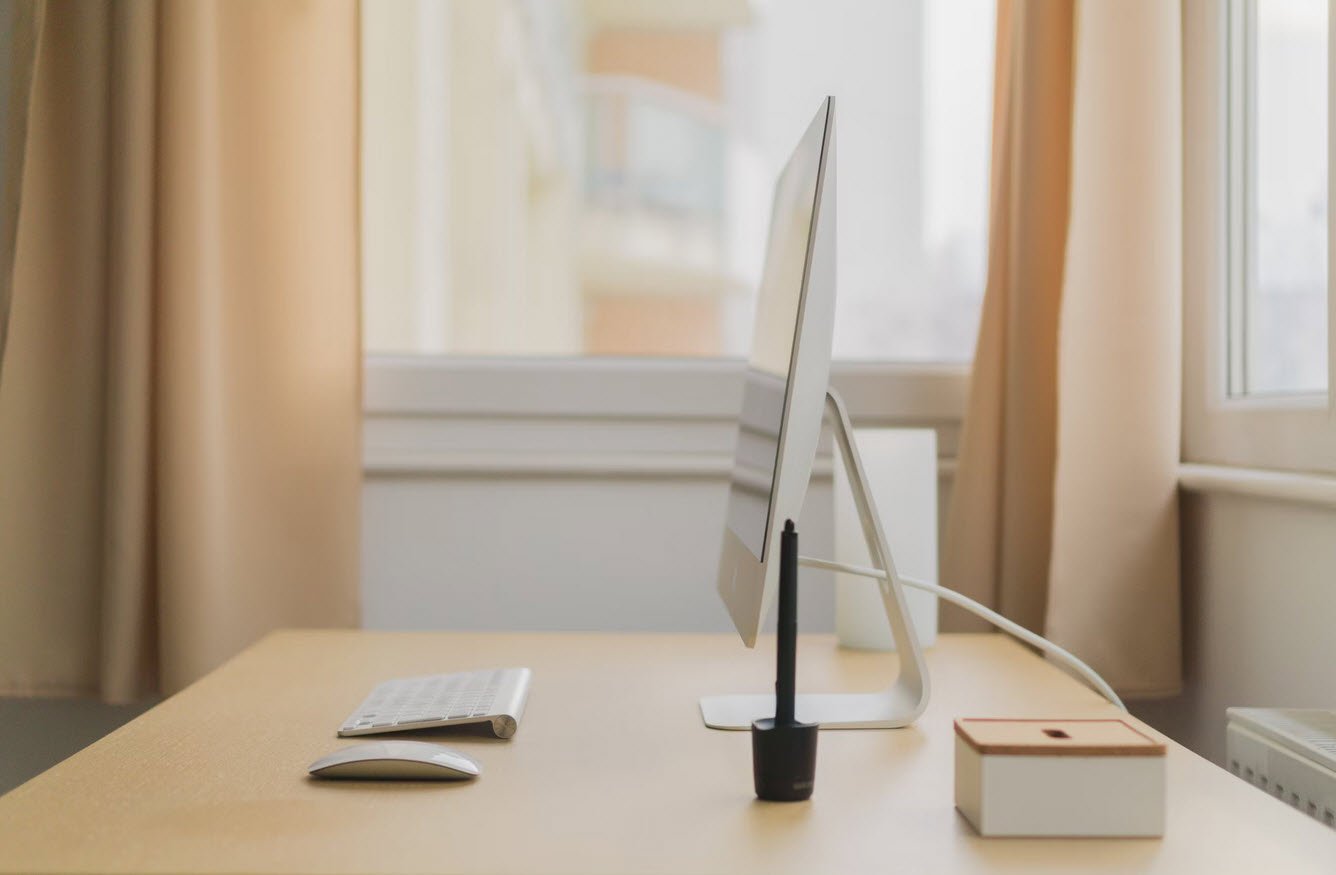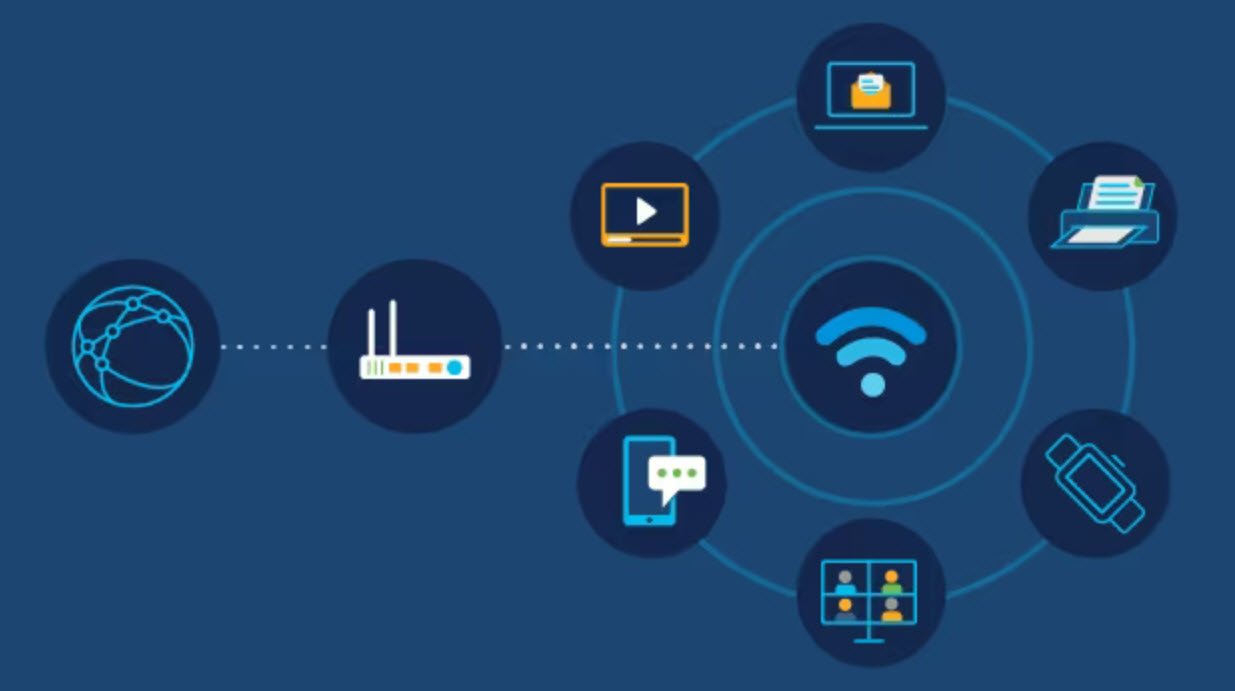
In today’s interconnected world, wireless networks have become an integral part of our daily lives, providing convenience and flexibility. However, with the increasing reliance on wireless technology, the need for robust security measures to protect sensitive data and ensure privacy has become paramount.
Aspiring penetration testers and cybersecurity professionals must grasp the various wireless security standards to understand their strengths and potential vulnerabilities.
In this article, we will explore the key characteristics of different wireless security standards and their significance in safeguarding wireless networks.
1. Wired Equivalent Privacy (WEP)
WEP was the first official wireless security standard introduced in IEEE 802.11 wireless networks. It utilized the Rivest Cipher 4 (RC4) data encryption algorithm to protect data exchanged between an access point and a wireless client. However, over time, several serious security vulnerabilities were discovered in RC4, rendering WEP highly susceptible to attacks.
As a result, WEP is no longer recommended for use in wireless networking devices, and it has been largely phased out in favor of more secure alternatives.
2. Wi-Fi Protected Access (WPA)
As a successor to WEP, WPA sought to address the weaknesses of its predecessor. It introduced the Temporal Key Integrity Protocol (TKIP), which provides improved data security by employing a unique key for each data frame and incorporating a Message Integrity Check (MIC) to verify message integrity. While WPA was a step forward in wireless security, it was eventually succeeded by a more robust standard.
3. Wi-Fi Protected Access 2 (WPA2)
WPA2 has emerged as the de facto wireless security standard widely adopted in the industry. Building upon WPA, WPA2 utilizes the Advanced Encryption Standard (AES) for encryption, significantly enhancing data protection. AES offers strong encryption algorithms and supports the Counter Mode Cipher Block Chaining Message Authentication Code Protocol (CCMP) or CCM mode Protocol (CCMP) for ensuring confidentiality and integrity of transmitted data.
WPA2 has proven to be highly secure and remains the predominant choice for wireless networks.
4. Wi-Fi Protected Access 3 (WPA3)
The latest addition to wireless security standards is WPA3, designed to further enhance the security of wireless networks. WPA3 introduces Simultaneous Authentication of Equals (SAE), a more robust authentication method that defends against potential brute-force attacks on passwords. By implementing SAE, WPA3 mitigates security vulnerabilities that were identified in WPA2.
In WPA3-Enterprise deployments, the Commercial National Security Algorithm (CNSA) is used, offering additional security enhancements.
Conclusion
Wireless security standards play a pivotal role in safeguarding sensitive information and protecting users’ privacy on wireless networks. As the wireless landscape continues to evolve, it is imperative for penetration testers and cybersecurity professionals to understand the strengths and weaknesses of different security protocols.
While WEP is obsolete and no longer recommended, WPA2 has been the go-to standard for secure wireless networking for years. The introduction of WPA3 brings even more robust security measures, raising the bar for wireless network defenses.
Organizations and individuals should prioritize the adoption of the latest wireless security standards, ensuring that their wireless networks are well-protected against potential threats. Regular security audits, vulnerability assessments, and updates to the latest security patches are essential to maintain a secure wireless environment.
By staying informed and proactive in implementing strong security practices, we can fortify our wireless networks and uphold the trust of users in the ever-evolving digital landscape.
You may also like:- How To Easily Crack Wi-Fi Password
- Securing Your Wireless – Best Practices for Wi-Fi Security
- Wireless Vulnerability Assessment Process – A Brief Guide
- The Pros and Cons of Wireless Data
- 20 Essential Tips for a Secure and Efficient Wireless Network
- Top 6 Different Modes of Wireless Network Adapters in Kali Linux
- 150+ Important Wireless Networking Abbreviations
- Hacking And Securing Wireless Networks – A Brief Guide
- 200+ Wireless Multiple Choice Questions and Answers
- Wireless Sniffing with Fake Access Point (WPA2) – A Practical Demonstration








